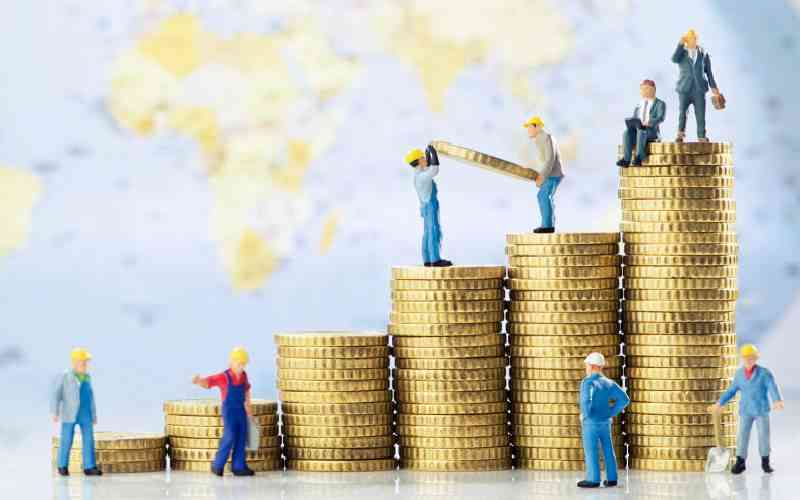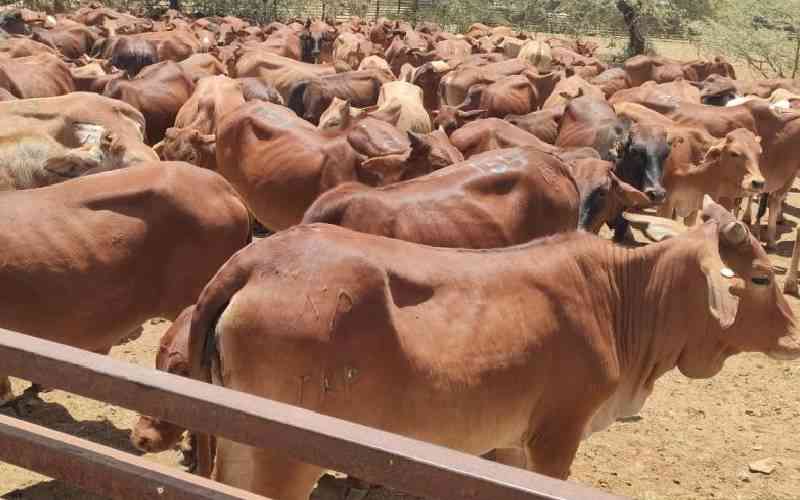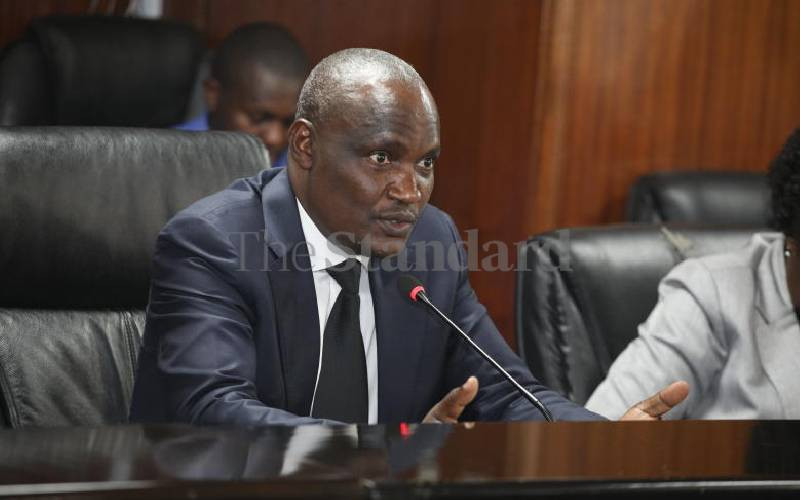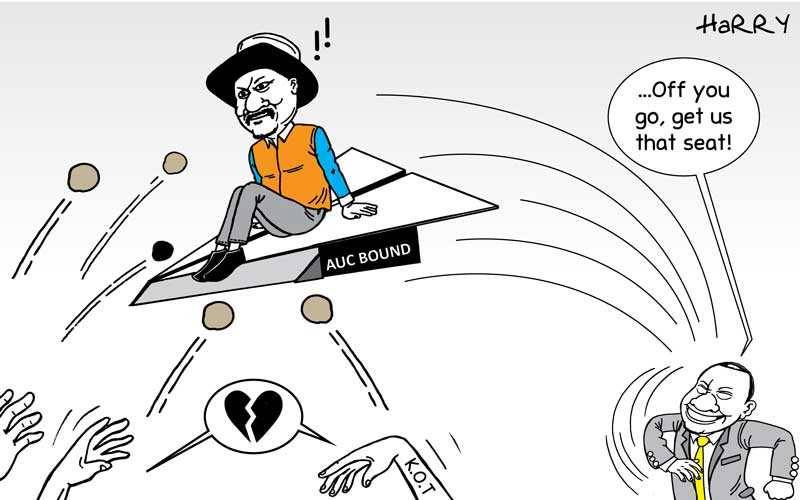Traders have been compelled to use the Standard Gauge Railway (SGR), triggering intermittent protests by truck owners and drivers.
The Government is convinced that the move will shore up traffic for the new railway, earning it enough revenue to cater for its operating costs and pay off its loans to the Chinese Government.
But experts believe the Government is flogging a dead horse.
“There is just no economic or financial case for the Standard Gauge Railway in East Africa at the time,” said the World Bank in 2013 just before the country embarked on the Sh327 billion rail.
To ascertain the World Bank’s assertion, Financial Standard has added up all the goods that entered and left the country by rail, road and air.
We have used export and import figures from the Economic Survey 2019 by the Kenya National Bureau of Statistics (KNBS).
Assuming that nearly all of this cargo passes through the port of Mombasa and is thus eligible for transportation on the SGR, we assessed whether this move would make the hefty investment in SGR viable in a financial and economic sense.
The answer is no, according to the World Bank’s estimate.
All the freight traffic - exports and imports - sums up to less than 15 million tonnes in a year; the SGR has an annual capacity of 20 million tonnes.
According to the World Bank’s study, for the SGR to recoup its investments and impact the economy, it has to carry up to 55.2 million tonnes annually.
There is no such traffic. According to the Washington-based institution, not even when you aggregate all the cargo from South Sudan, Uganda and Rwanda with Kenya’s.
Yet the Government has continued to desperately scrap for any traffic that it can lay its hands on, including forcing importers onto the SGR.
Before it decided to force traders onto the SGR by discouraging cargo nomination and use of the Container Freight Stations (CFSs) at the port of Mombasa, the Government through the Head of Public Service issued a circular on March 7 last year, directing all ministries, departments and agencies to use SGR for all their transportation.
Official data shows that rail freight traffic more than tripled from 1,147,000 in 2017 to 3,544,000 tonnes last year, following the introduction of freight transportation services on the SGR.
Revenue from railway freight, on the other hand, increased from Sh3 billion in 2017 to Sh9.8 billion last year.
Stay informed. Subscribe to our newsletter
But this is barely enough to operate the railway and put aside some money that will be used to repay the over Sh400 billion loan the country took from China for the project.
So in March, KPA Managing Director Daniel Manduku cancelled an earlier notice that had allowed importers of nine commodities to use any CFS of their choice.
Instead, he directed importers of sugar, steel, rice, second-hand clothes, reefer cargo and cooking oil to transfer their cargo to the Nairobi Inland Container Depot (ICD) via the new railway line.
Other commodities that had been exempted from the forceful use of the SGR, but will now be transferred to ICD via the new line, include project cargo awaiting exemption letters from the Government, fertiliser and bitumen.
In August, KPA was joined by the Kenya Revenue Authority (KRA), in ordering that all imported cargo going to Nairobi and beyond be transported on the SGR.
This was the breaking point as it spelt doom for the over 20 CFSs in Mombasa. The proposed Special Economic Zones are supposed to save the SGR from turning into a white elephant by boosting production, especially of manufactured goods. But they are still pipe dreams.
And the clock is ticking on the SGR. Next January is payday.
The first principal payment of about Sh35 billion will be due.
 The Standard Group Plc is a
multi-media organization with investments in media platforms spanning newspaper
print operations, television, radio broadcasting, digital and online services. The
Standard Group is recognized as a leading multi-media house in Kenya with a key
influence in matters of national and international interest.
The Standard Group Plc is a
multi-media organization with investments in media platforms spanning newspaper
print operations, television, radio broadcasting, digital and online services. The
Standard Group is recognized as a leading multi-media house in Kenya with a key
influence in matters of national and international interest.
 The Standard Group Plc is a
multi-media organization with investments in media platforms spanning newspaper
print operations, television, radio broadcasting, digital and online services. The
Standard Group is recognized as a leading multi-media house in Kenya with a key
influence in matters of national and international interest.
The Standard Group Plc is a
multi-media organization with investments in media platforms spanning newspaper
print operations, television, radio broadcasting, digital and online services. The
Standard Group is recognized as a leading multi-media house in Kenya with a key
influence in matters of national and international interest.








